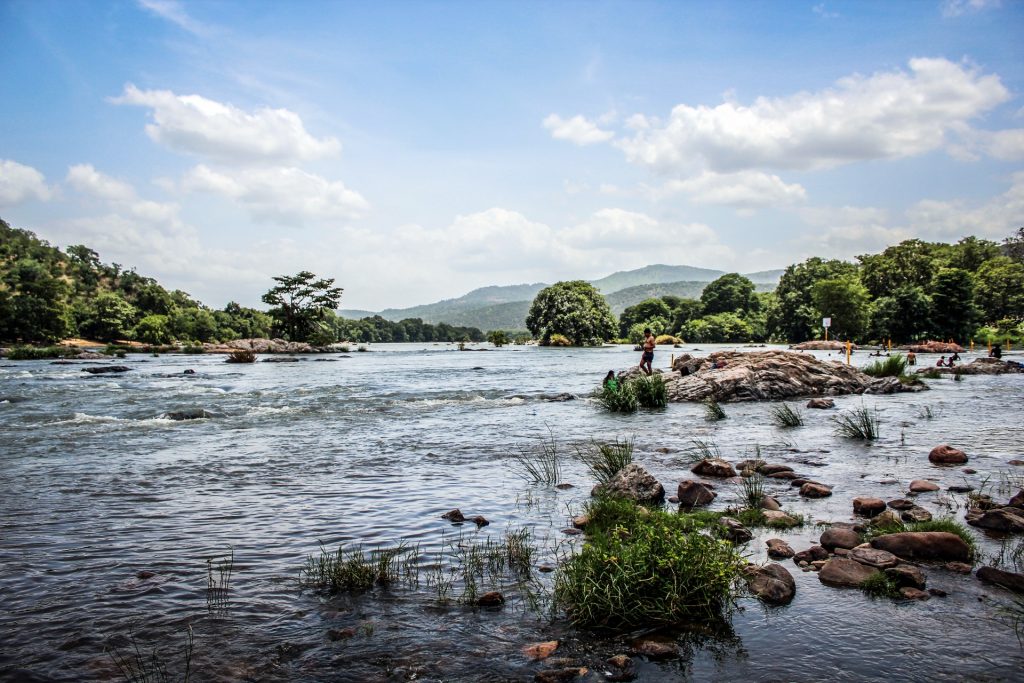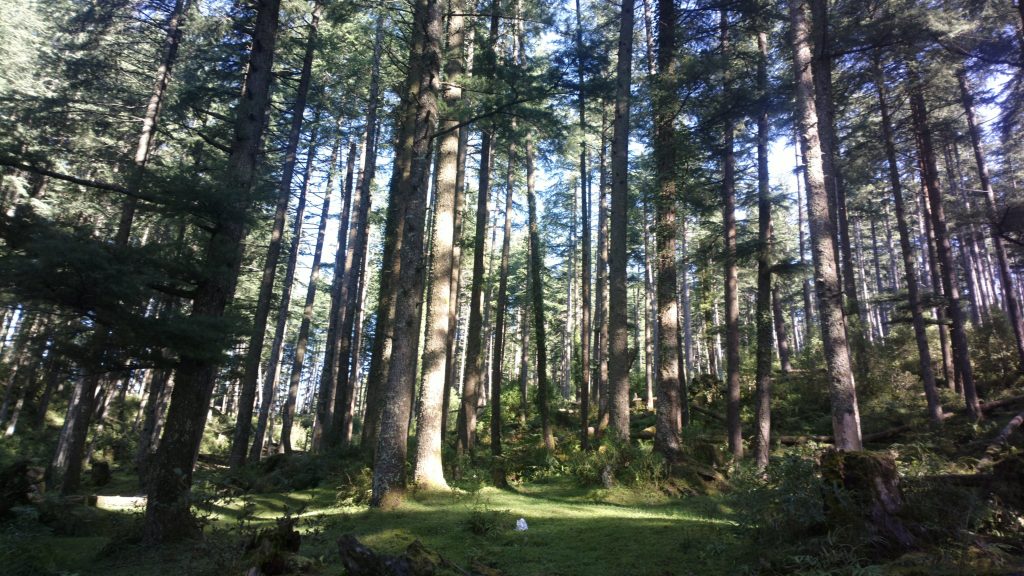“The earth, the air, the land and the water are not an inheritance from our fore fathers but on loan from our children. So we have to handover to them at least as it was handed over to us.” – Mahatma Gandhi
India is made up of 2.7% of the world’s entire landmass. It also hosts 16% of the world’s entire population. This means that while India is filled with an abundance of lakes, rivers, forests and wildlife species, it also means that the country’s growing population is placing increasing pressure on these natural resources.
In 2014, the World Bank said that ecosystem degradation in India costs the country roughly $80 billion every year. The increasing need for firewood, building material and other resources has resulted in a huge deforestation problem in India, leading to change in climate, soil depletion and a loss of a flaura and fauna biodiversity. Another leading cause of deforestation is the clearing of forests for agricultural land. A large portion of India’s population rely heavily on agriculture for a living. With an increasing number of people depending on the profession, as well as the growing need for crops for the country’s people, large areas of forests are slashed every year for crop cultivation.
In April 2016, at least 330 million people in India were affected by drought, with nearly 256 districts across the country affected. Furthermore, water availability in India’s reservoirs is currently at a decade-low. Not only does this deprive thousands of people of drinking water, but it also places a strain on the agricultural industry, which sees farmers struggling to get water to irrigate their crops.To make matters worse, natural water sources like India’s rivers are heavily affected by high levels of pollution. In 2013, research revealed that more than 2,700 million litres of domestic sewage is dumped into the Ganges River every day. However, India’s rivers aren’t the only thing that is polluted. Air pollution in the country has been spotlighted in recent months, with Greenpeace research revealing that India’s air pollution levels are now higher than China’s.
It’s these issues that make India a key player in addressing climate change on a global scale. As the fourth biggest carbon emitter in the world, all eyes have been on the subcontinent, particularly during COP21. Ahead of the climate negotiation talks, India set the ambitious goal to receive 40% of power from renewable energy sources by 2030. They are also on target to develop 100 GW of solar power capacity by 2020. While these government plans indicate a step in the right direction, it’s the Indian people on the ground hardest fight the hardest to save their environment in a number of different, but equally incredible, ways.

The largest source of water pollution in India is untreated sewage but agricultural runoff and unregulated small scale industry is also causes water pollution. [Image credit: Pixabay]
Through Prakriti, the IPF will also aim to place a special emphasis on empowering young environmental journalists in India to report on these crucial issues unfolding in their back yards. We believe it’s important to put the youth at the forefront of the climate change crisis and give them a platform to accurately and effectively tell these stories in a way that will engage others to take action before it’s too late.
Tanviya Sapru, Environment Editor of the IPF, said: “My passion for environmental journalism emerged growing up in India, a country of vast numbers of people and habitats, which unfortunately, in far too many instances, is being over-exploited or completely decimated. It’s a dire situation. Along with my inspiring team at the IPF, through project Prakriti, I am eager to raise awareness on issues and powerful initiatives that exist within my beautiful motherland, India.”
Aurore Kaddachi, Deputy Environment Editor of the IPF, said: “After visiting south India, its people, traditions, and landscapes showed me love and respect towards Mother Nature. The small and often untold stories of the constant fight for conservation and protection of nature in India is what inspired me to join the IPF and give back in return. Along with my colleague Tanviya, I am pleased to announce the launch of Prakriti, which will share these untold stories of nature lovers and fighters in the respectful and inspiring land of India.”
Project Prakriti will launch in June 2016. Please contact hello@the-ipf.com if you are interested in finding out more or have an idea for an article about environmentalism in India.


